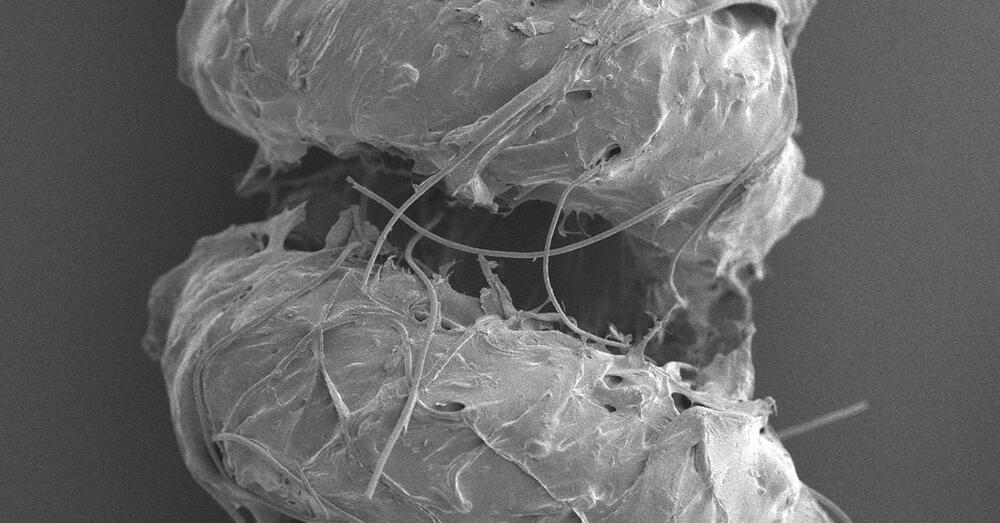By imbuing enormous vectors with semantic meaning, scientists can get machines to reason more abstractly—and efficiently—than before.
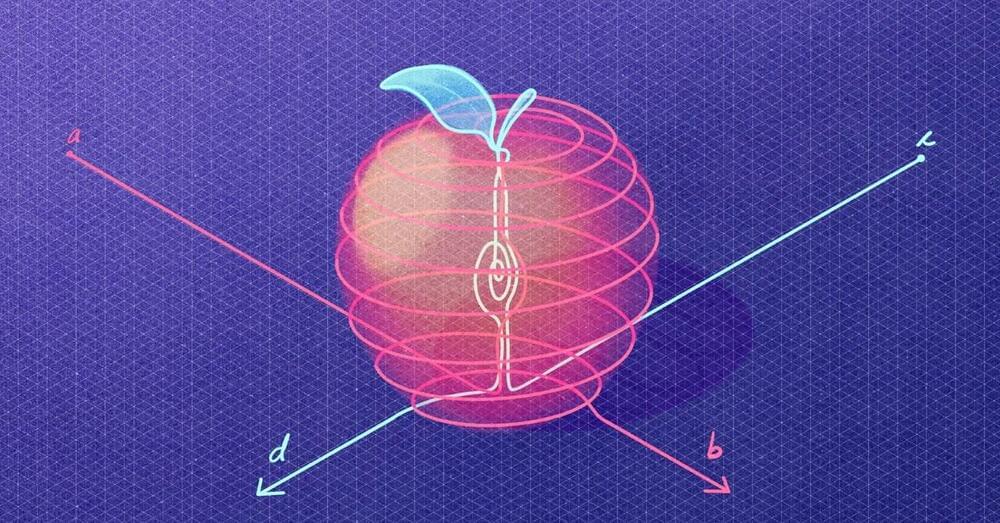

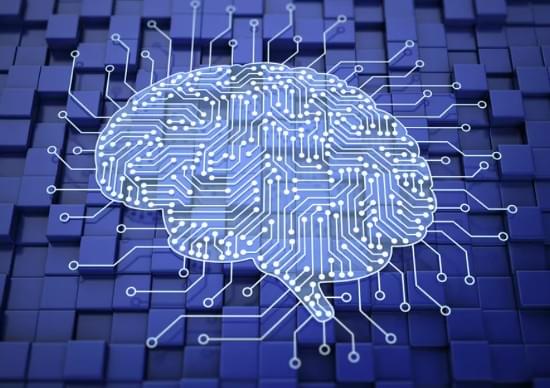

The tool can be used for early diagnosis.
Scientists have conceived of a machine-learning model capable of detecting speech patterns that are linked to a diagnosis of Alzheimer’s or other forms of dementia. The new tool will be used for early evaluation of the conditions.
This is according to a report by Global News published on Saturday…
Interesting Engineering is a cutting edge, leading community designed for all lovers of engineering, technology and science.

US Congress considering two artificial intelligence bills to address concerns surrounding the technology.
As artificial intelligence (AI) continues to experience rapid growth, governments around the world have started to consider modifying policies and regulations around the technology.
US Senators yesterday introduced two separate bipartisan bills addressing AI to tackle issues surrounding the technology and to remain “competitive”, according to Reuters.
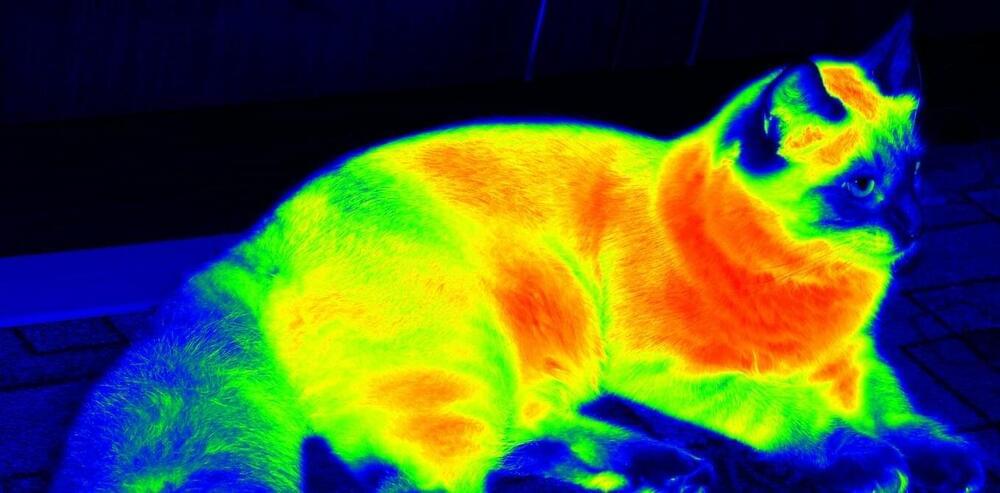
Like something out of a spy movie, thermal cameras make it possible to “see” heat by converting infrared radiation into an image. They can detect infrared light given off by animals, vehicles, electrical equipment and even people—leading to specialized applications in a number of industries.
Despite these applications, thermal imaging technology remains too expensive to be used in many consumer products such as self-driving cars or smartphones.
Our team at Flinders University has been working hard to turn this technology into something we can all use, and not just something we see in spy movies. We’ve developed a low-cost thermal imaging lens that could be scaled up and brought into the lives of everyday people. Our findings are published in the journal Advanced Optical Materials.
The frenzy over artificial intelligence may be ushering in the long-awaited moment when technology goes wild. Or maybe it’s the hype that is out of control.
Mercedes-Benz is the first automaker to get permission from California regulators to sell or lease vehicles with Level 3 (hands-off and eyes-off) self driving tech on designated roads, Reuters has reported. The California Department of Motor Vehicles issued a permit for the company’s Drive Pilot system, provided it’s used under certain conditions and on specific roads. Mercedes-Benz previous received a similar certification in Nevada.
Drive Pilot will allow Mercedes-Benz drivers to takes their eyes off the road and hands off the wheel, then do other non-driving activities like watching videos and texting. If the rules for use are followed, Mercedes (and not the driver) will be legally responsible for any accident that happens.
To do all this, the Drive Pilot system relies on sensors installed throughout the vehicle including visual cameras, LiDAR arrays, radar/ultrasound sensors and audio mics to keep an ear out for approaching emergency vehicles. It can even compare onboard sensor and GPS data to fix its precise location on roads.

Right now, Fast Company reporters (not bots!) are covering how generative AI is enabling us to work better—and more creatively—than we have before. We’ve reported on how Stable Animation is giving creators a team of talented animators akin to having their own Disney studio, how workflow can be supercharged for productivity on Airtable, how you can use it to create more compelling marketing efforts, and even how AI makes a compelling case for liberating workers from the office, amid all the RTO mandates. And we’ve done a deep dive into how UX designers tap into the power of plug-ins like those on Figma to level up all aspects of their work from testing for accessibility to creating final code. If you’re curious, we’ve rounded up a bunch of AI tools you can try for free.
On the flip (read: darker) side, we’re already seeing how generative AI is threatening some jobs. A recently released report from the World Economic Forum revealed a number of jobs that would likely not exist in five years including bank tellers, cashiers, insurance clerks, and legislators, among others. Right now, even makeup artists —who you might think are so hands-on there’s no way they could be replaced—have proven to be dispensable. That’s thanks to a host of tools that can reshape entire video clips. The results are astounding and soon will be as easy to use as a TikTok filter.
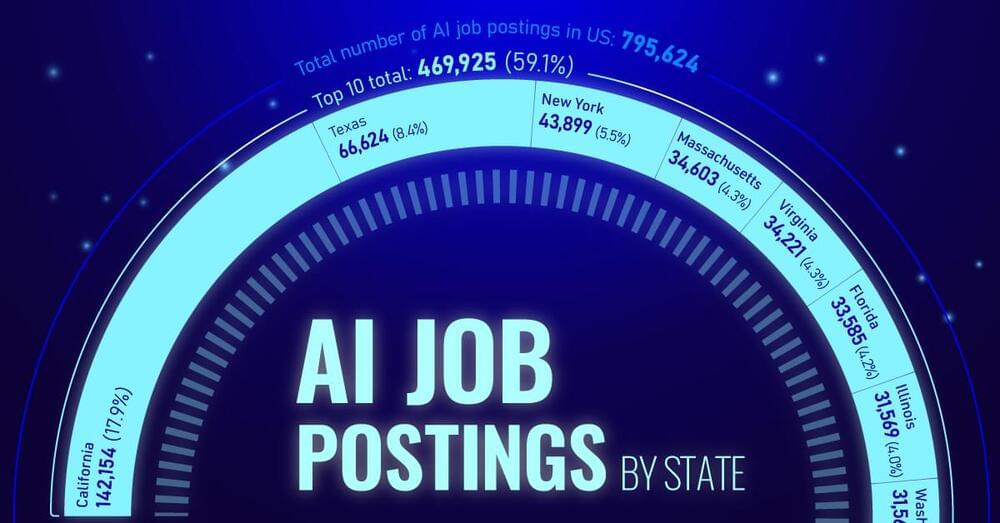
Much ink has been spilled over fears that artificial intelligence (AI) will eliminate jobs in the economy. While some of those fears may be well-founded, red-hot interest in AI innovation is creating new jobs as well.
This graphic visualizes data from Lightcast, a labor market analytics firm, which shows how many AI-related jobs were posted in each state throughout 2022.
In total there were 795,624 AI jobs posted throughout the year, of which 469,925 (59%) were in the top 10. The full tally is included in the table below.
